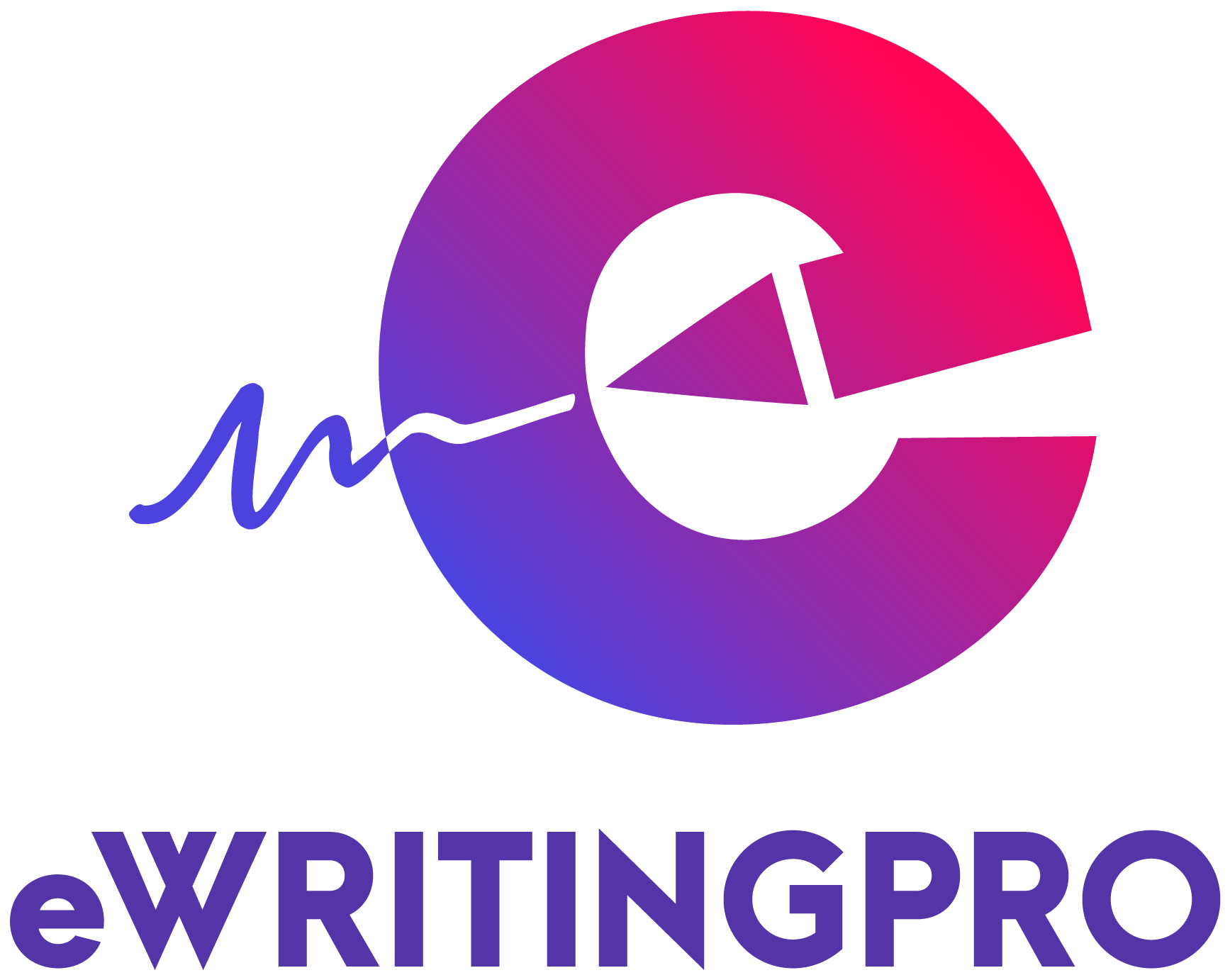
What is Editing?
Professional editing refers to revising the text to improve its quality in terms of style, readability, flow, and overall impact. Editing helps make the document concise and to the point. The purpose is to ensure that the phrases, vocabulary, and sentences in the write-up make the most sense and logic for the reader while giving a professional outlook. It is a detailed procedure focused to improve the quality of the document. Editing helps connect with the target audience by ensuring that the tone and style used are coherent with the potential reader’s level of expertise and experience.
Following are some common types of editing: –
- Developmental Editing: –
This form of editing focuses on improving the broader spectrum of the document by giving a better structure. The idea is to refine how the ideas are organized in the document while maintaining consistency. If there is any room for improving the subjective part of the content, editors may make appropriate suggestions. They may suggest removing or adding certain details to get a structured and coherent document.
- Copy Editing: –
This has a more myopic focus than developmental editing. The idea is to improve the quality of the document by checking sentences individually. This includes pointing out mistakes such as choosing incorrect or inappropriate words, structuring the sentences correctly, checking the authenticity of facts and figures, and toning the overall writing style. The editor looks for endless ways to make the document look as good as possible.
What is Proofreading?
While editing is more of an art, getting the overall picture of the document correct; proofreading a scientific process. It is not advisable to publish an article, document, or blog without professional proofreading. Proofreading is more objective focusing on correcting grammatical errors, tenses, and spelling mistakes.
Proofreading helps in pointing out mistakes such as: –
- Inadequate usage of capitalization and wrong spellings;
- Incorrect usage of punctuation such as commas, full stops, colons, and semicolons;
- Inconsistency in the formatting of the document.
No matter how adept you are at the English language, sometimes in the flow of writing, it is natural to make mistakes. Proofreading ensures these mistakes are corrected before publishing the document.
When to use Editing?
Editing is especially useful for people whose native language is not English. However, in some cases, even those whose first language is English may require professional editing to give a better look at the document. Here are some situations where editing is useful.
- Writing Academic Publications: –
Those who are working on academic writing, research work, and other kinds of documents may obtain the services of a professional editor to make the write-up more impactful. Your hard work and perseverance can be reflected well through a refined and constructed document. Moreover, a professional editor can help you identify inconsistencies concerning an academic manuscript.
- Business Documents: –
Business documents and letters must have a specific tone and formal language. The words must be crafted carefully without having any unfavorable legal implications on either party. Therefore, it is highly advisable to get a professional editor to check the business document before it is finalized. Moreover, the quality of the document reflects the reputation and corporate image of the business. Hence professional editing is essential to give the desired impression.
When to Use Proofreading?
Proofreading is more objective, pointing out grammatical mistakes in a document. Proofreading is usually the last step of checking a document’s perfection or readiness to be published. Proofreading can be handy in the following cases.
- Writers with Good Command of English Language: –
Those who are master in writing, framing sentences, using vocabulary aptly, and structuring the document can opt for proofreading. Students, academicians, and business professionals who think they can edit their documents themselves can hire a professional proofreader to have a final check on their work.
- Book Authors: –
Book authors usually have to go through several checks and re-checks before publishing their work. They can ill-afford publishing their work without proofreading. It is usually the last check to make their work error-proof.
Conclusion: –
Essentially, editing and proofreading both are applied to a document to ensure a perfectly crafted document. When writing a book or an academic work, the process entails both editing and proofreading as you cannot afford anything going wrong in your work. First, the document is edited to get a better structure and organization of paragraphs, then it is proofread to ensure there are no spelling or grammatical mistakes.
However, both editing and proofreading come with a cost. Not everyone can afford these services. If you have to choose between the two, consider which service is more important for your work. For lengthy, typical, detailed, and research-oriented work editing is important. However, if you are writing an informal document and have a good command of English you can skip the editing services which are usually more expensive.

